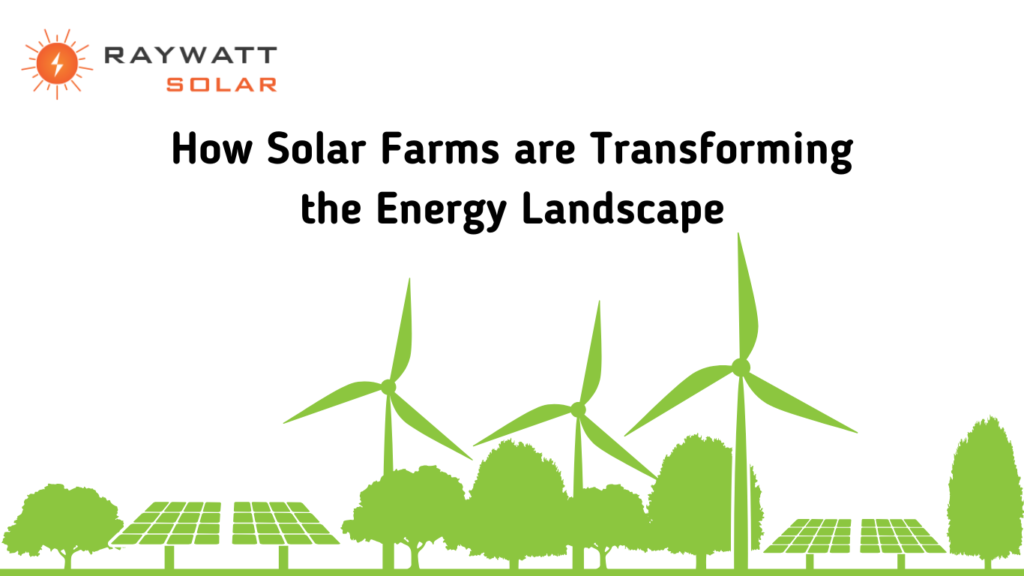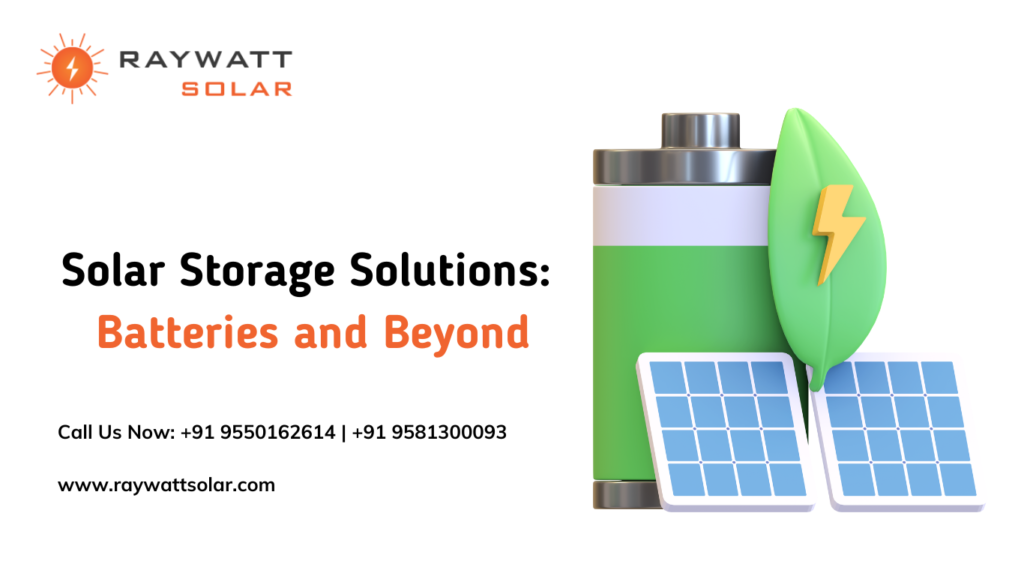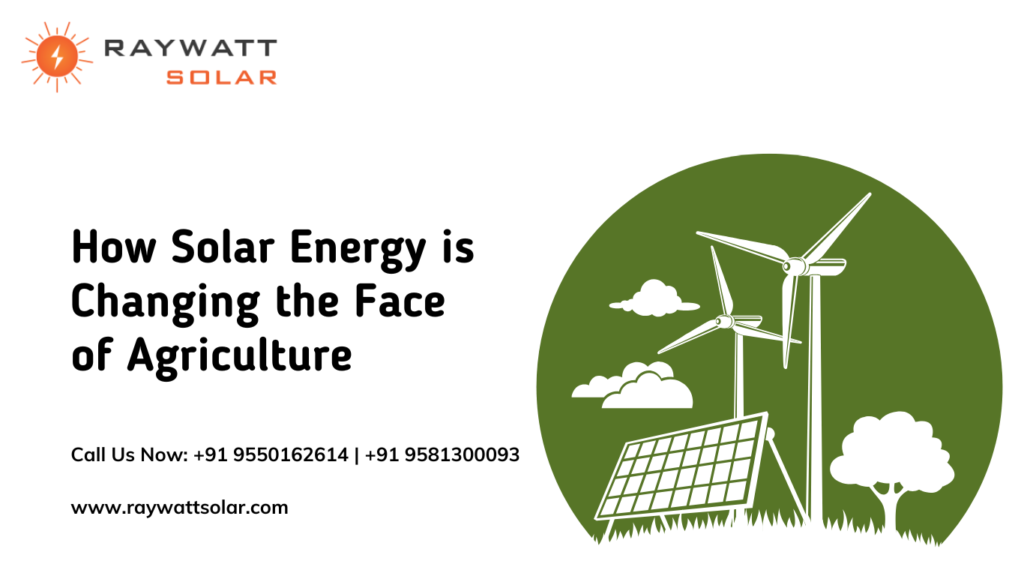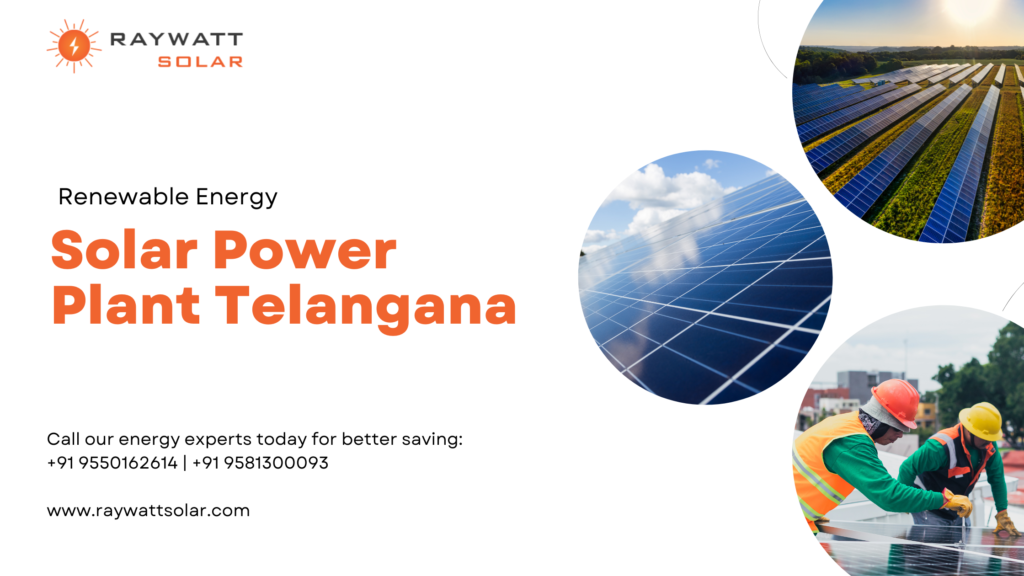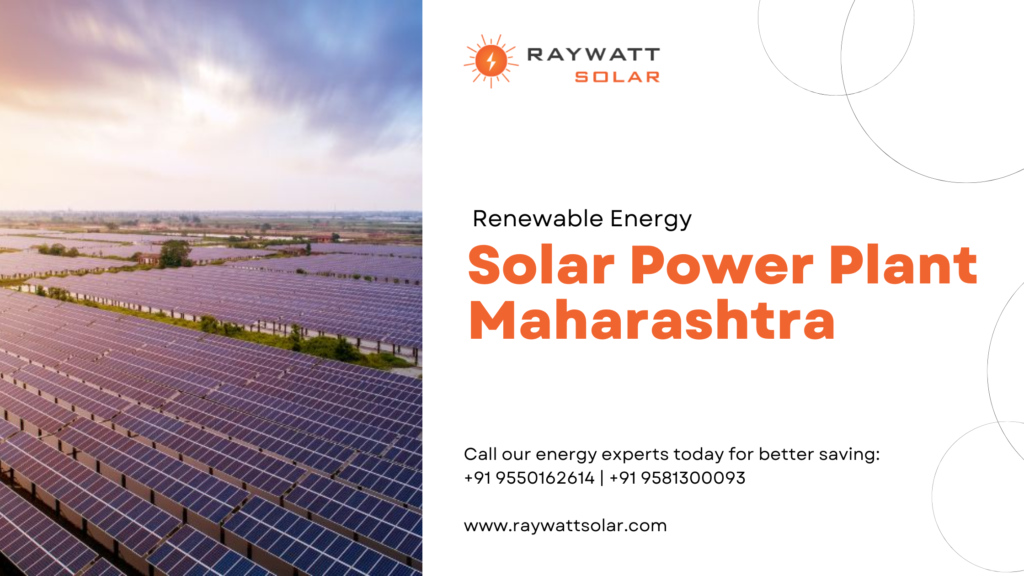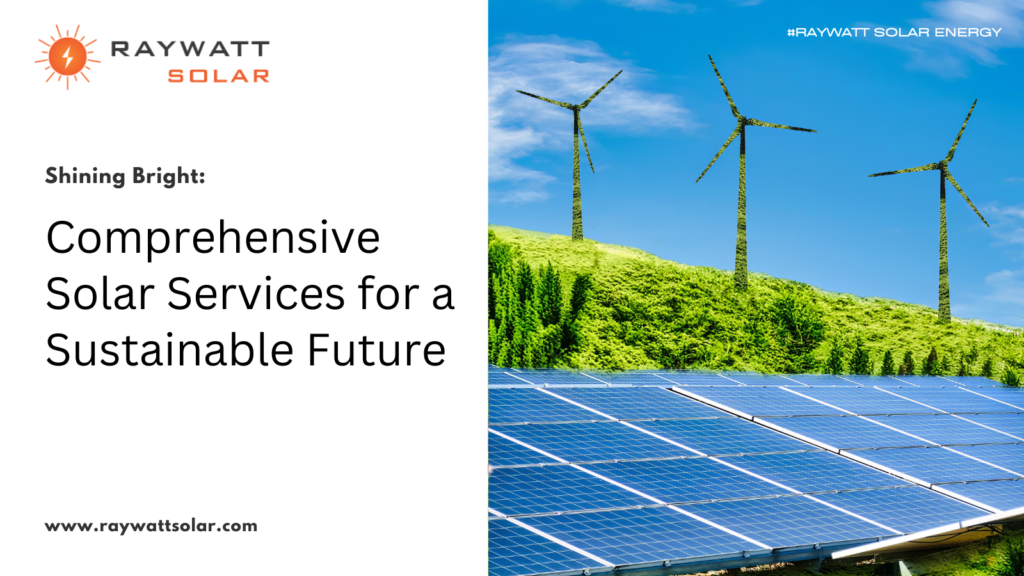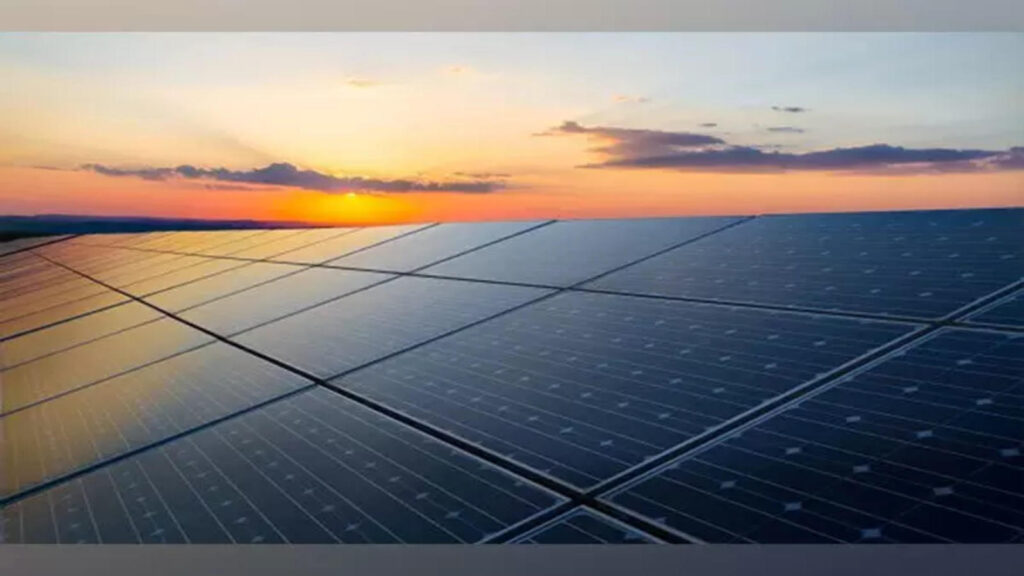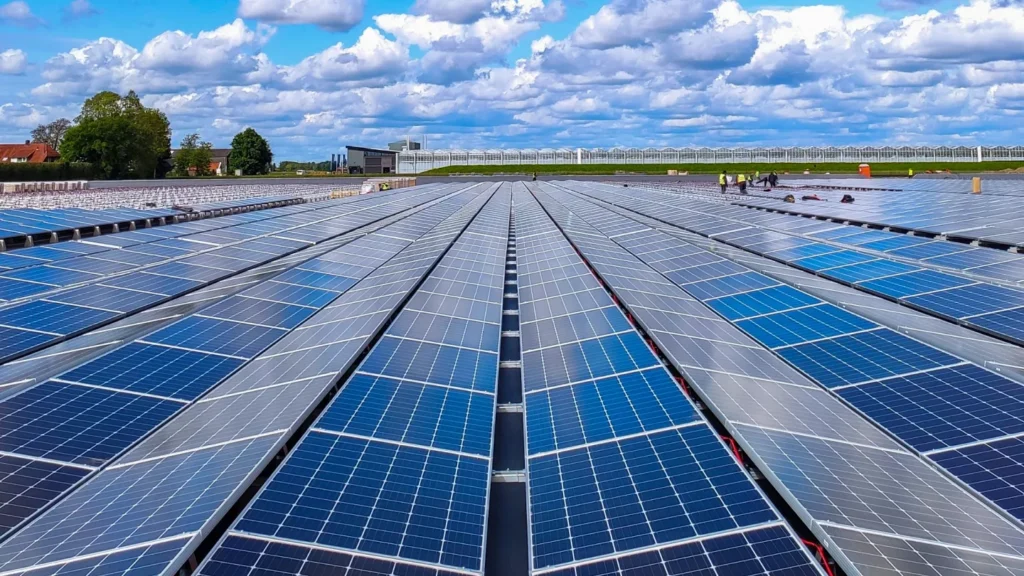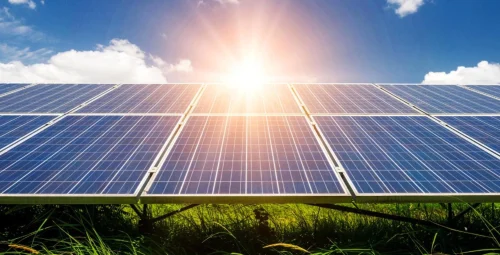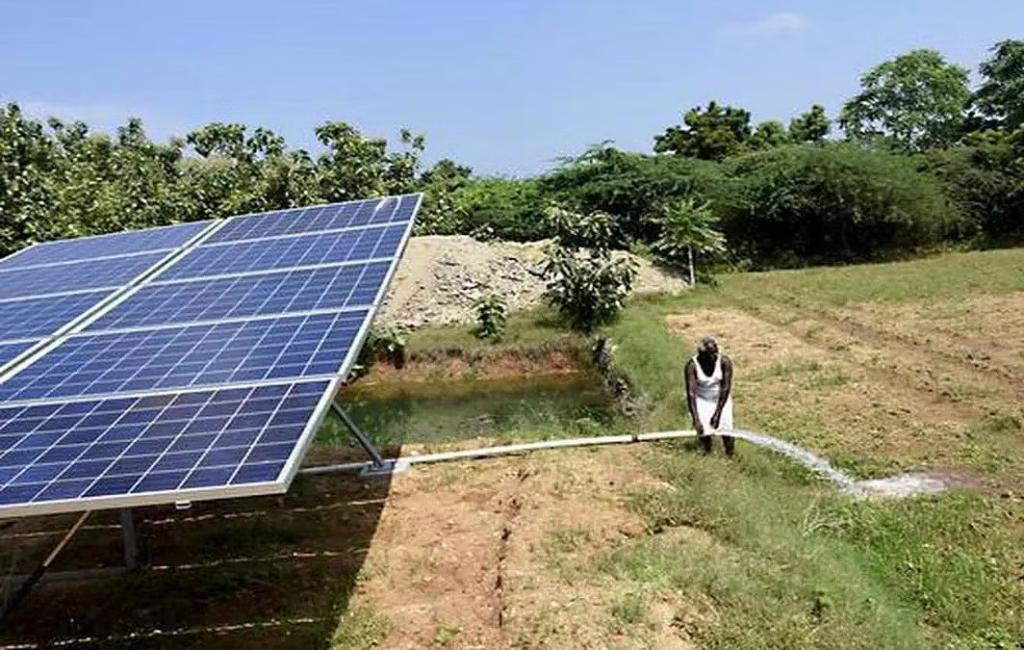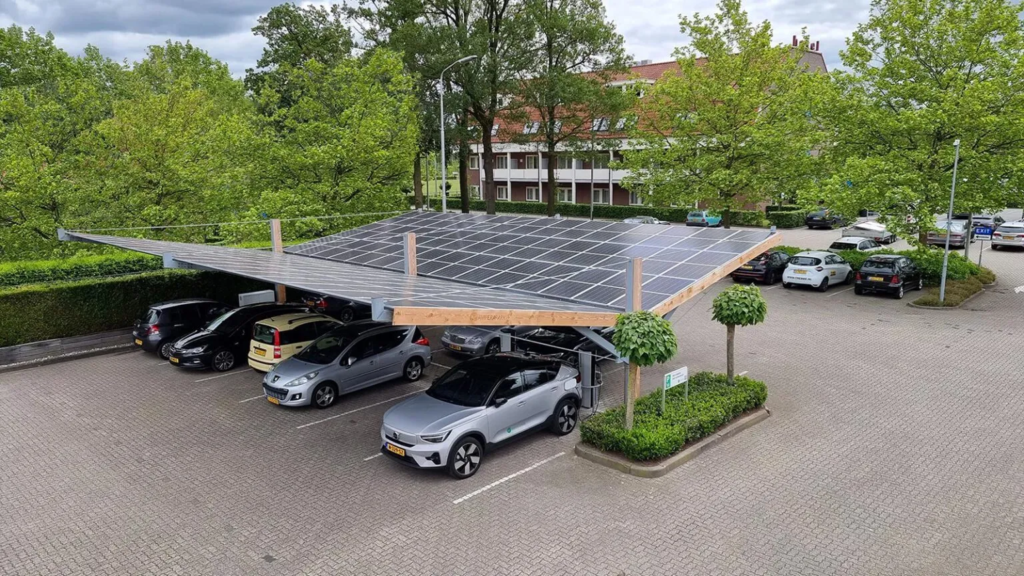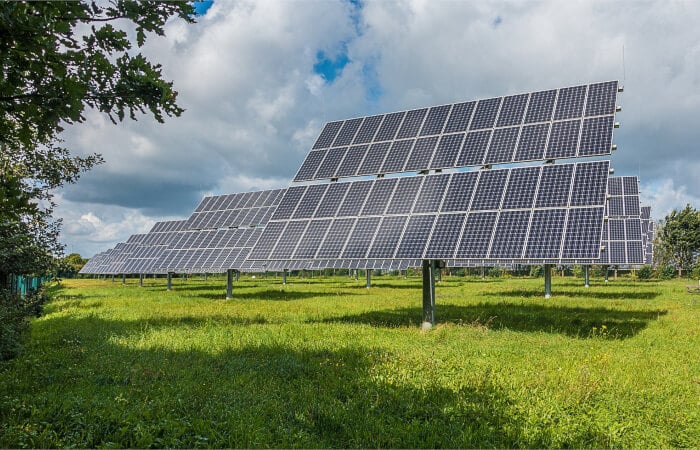How Solar Farms are Transforming the Energy Landscape
Solar farms, and large-scale installations of solar panels, are playing a transformative role in the global energy landscape. These renewable energy projects are not only contributing to the reduction of greenhouse gas emissions but also driving economic growth and technological advancements. This comprehensive guide explores how solar farms are revolutionizing the way we generate and consume energy. Harnessing Renewable Energy Solar farms harness energy from the sun, a renewable and inexhaustible resource. Unlike fossil fuels, solar energy does not produce harmful emissions or deplete natural resources. By generating clean electricity, solar farms reduce the reliance on non-renewable energy sources and contribute to a sustainable future. Solar farms can produce significant amounts of electricity, capable of powering thousands of homes and businesses. The scalability of solar farms allows them to be deployed in various locations, from rural areas to urban rooftops, maximizing their impact on the energy grid. Reducing Carbon Footprint One of the most significant benefits of solar farms is their ability to reduce greenhouse gas emissions. By replacing fossil fuel-based power plants, solar farms help mitigate the effects of climate change and improve air quality. The reduction in carbon dioxide (CO2) emissions is crucial for meeting global climate targets and protecting the environment. Solar farms are integral to achieving national and international climate goals. Governments worldwide are setting ambitious targets for renewable energy adoption, and solar farms are a key component of these strategies. By increasing the share of solar energy in the energy mix, countries can move closer to a low-carbon future. Economic Benefits The construction, operation, and maintenance of solar farms create numerous job opportunities. From engineers and technicians to construction workers and project managers, the solar industry employs across various sectors. This job creation stimulates local economies and supports community development. Solar farms attract significant investment from both public and private sectors. Governments offer incentives, subsidies, and tax credits to encourage renewable energy projects, while private investors see solar farms as a stable and profitable investment. This influx of capital drives economic growth and innovation in the renewable energy sector. Technological Advancements The growth of solar farms has spurred technological advancements in solar energy. Innovations such as high-efficiency solar panels, bifacial panels, and solar tracking systems enhance the performance and reliability of solar farms. These technological improvements make solar energy more competitive and accessible. To maximize the benefits of solar farms, energy storage solutions are being integrated into projects. Battery storage systems, such as lithium-ion and flow batteries, store excess solar energy for use during periods of low sunlight or high demand. These storage solutions ensure a stable and reliable energy supply and further reduce dependence on fossil fuels. Enhancing Grid Stability Solar farms contribute to the decentralization of energy generation. By producing electricity closer to the point of consumption, they reduce the strain on transmission and distribution networks. This distributed generation enhances grid stability and resilience, particularly in areas prone to power outages or grid disruptions. Balancing Supply and Demand: As the demand for clean energy rises across the country, partnering with a reliable solar company in Hyderabad can accelerate the shift towards sustainable energy solutions for businesses and communities alike Conclusion Solar farms are transforming the energy landscape by providing clean, renewable, and sustainable power. They play a crucial role in reducing carbon emissions, supporting climate goals, and driving economic growth. Technological advancements and energy storage solutions further enhance the efficiency and reliability of solar farms, making them a cornerstone of the transition to a low-carbon future. As solar farms continue to expand and innovate, they will remain a vital component of the global energy system, contributing to a cleaner, greener, and more resilient world.
How Solar Farms are Transforming the Energy Landscape Read More »

